Cats have captivated humans for centuries with their mysterious demeanor and graceful agility. One of the most intriguing aspects of cats is their eyes, which have evolved to make them exceptional nocturnal hunters. This article will delve into the science behind cat eyes, exploring how they function and their impressive night vision capabilities.
Anatomy of a Cat’s Eye An Overview
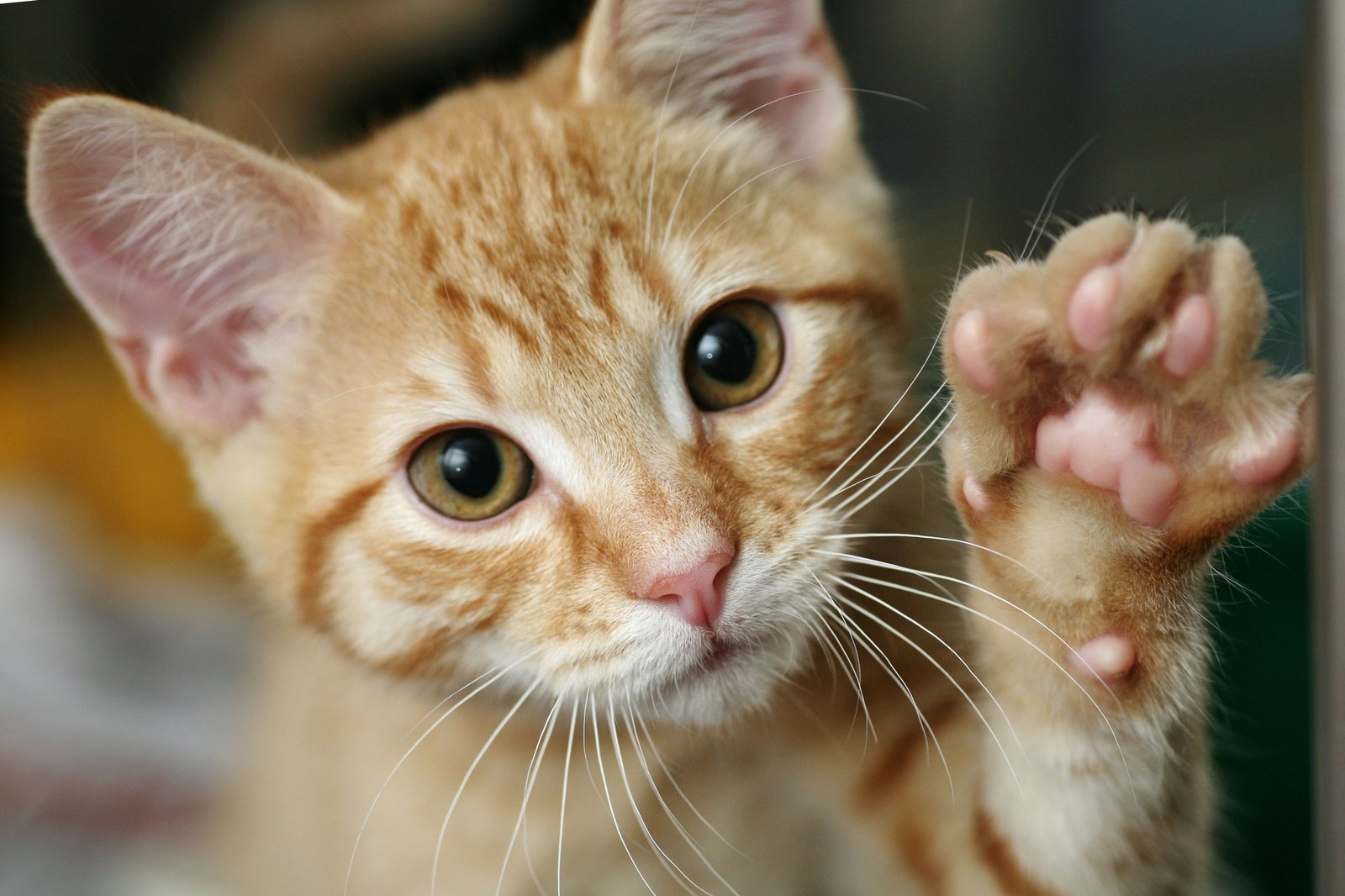
The anatomy of a cat’s eye is similar to that of other mammals but with distinct differences that enhance their night vision. These differences allow cats to detect even minute changes in their environment, making them adept hunters in low-light conditions.
The Role of the Tapetum Lucidum in Night Vision

One of the key features that contribute to a cat’s superior night vision is the tapetum lucidum, a unique reflective layer located behind the retina. This layer acts like a mirror, reflecting light that passes through the retina back into the light-sensitive cells, thereby amplifying the available light.
Pupil Shape and Its Impact on Vision
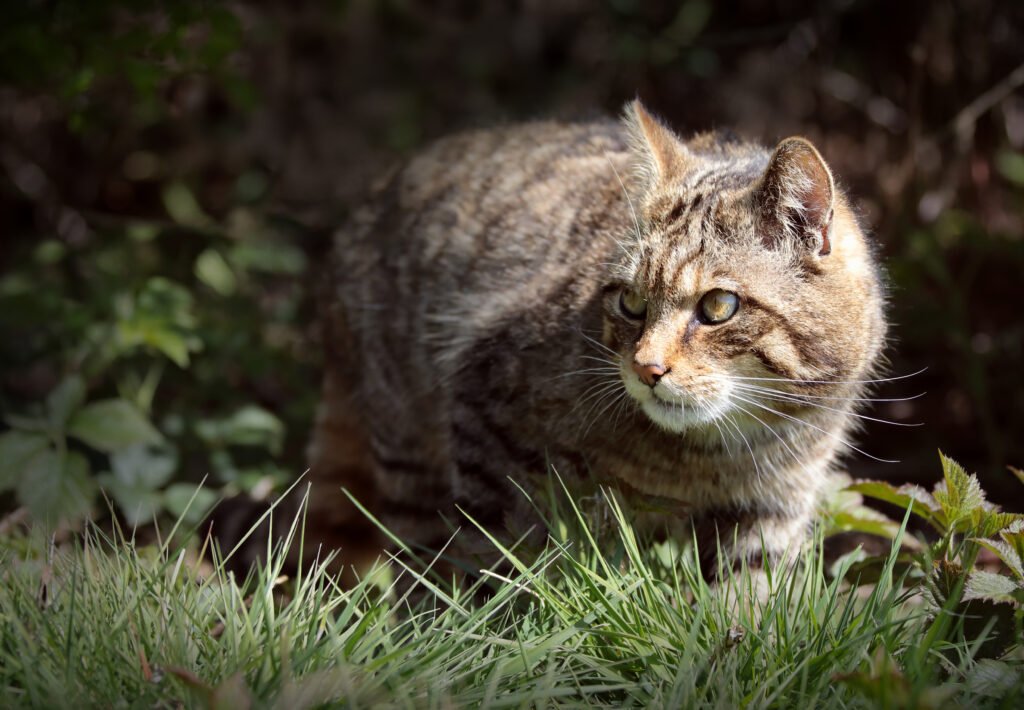
Cats have vertically slit-shaped pupils, which are more efficient in controlling the amount of light that enters the eye than round pupils. These pupils can expand significantly in dim light, allowing more light to penetrate, and contract quickly in bright light to protect the sensitive retina.
Photoreceptor Cells Rods vs. Cones
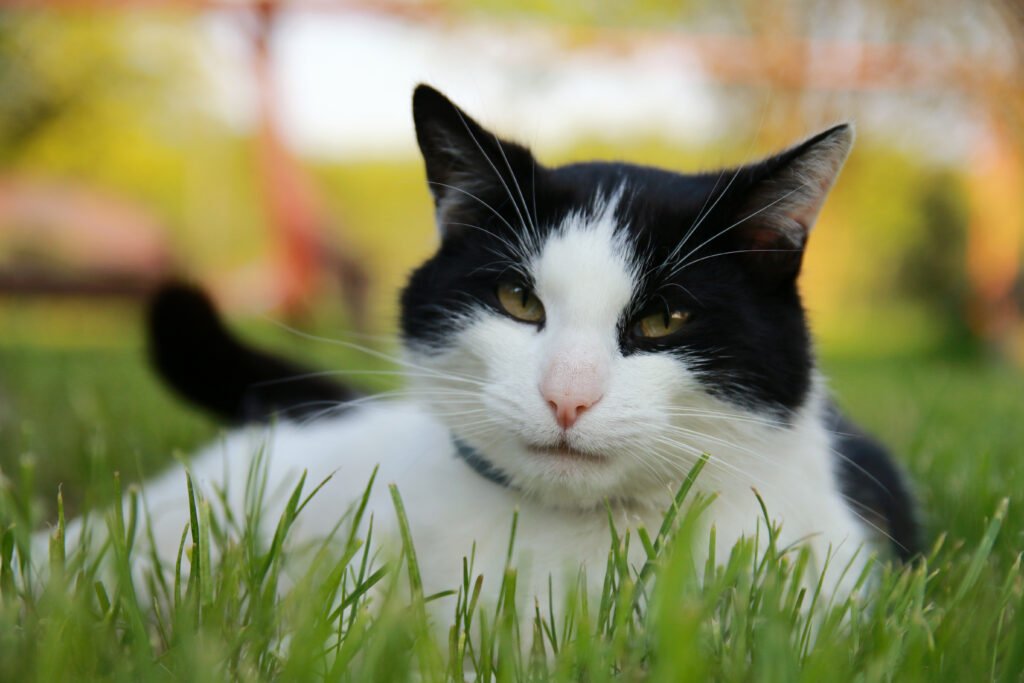
Cat eyes contain two types of photoreceptor cells – rods and cones. Rods are crucial for low-light vision and cats have a high ratio of rods to cones, which enhances their ability to see in the dark compared to humans, who have more cones for color vision.
Color Perception Limited, Yet Functional
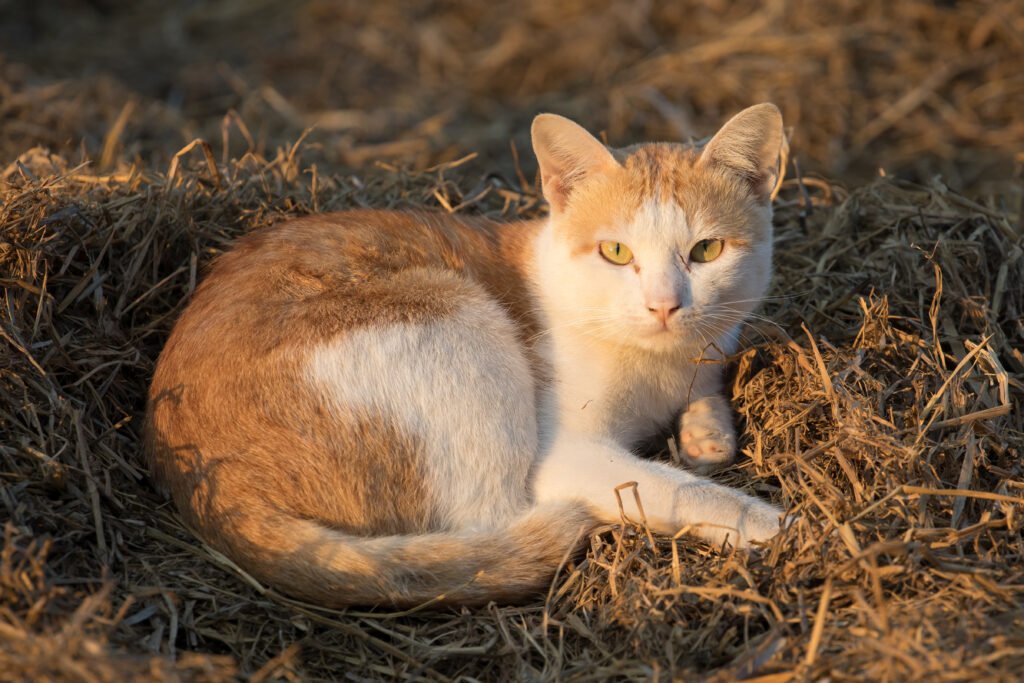
Although cats are not completely colorblind, their color perception is limited. They can see shades of blue and green but have difficulty distinguishing between red and pink. This limited color palette does not impede their hunting abilities, as their vision is optimized for detecting motion and shapes, particularly in low light.
The Mystical Glow Why Cat Eyes Shine in the Dark
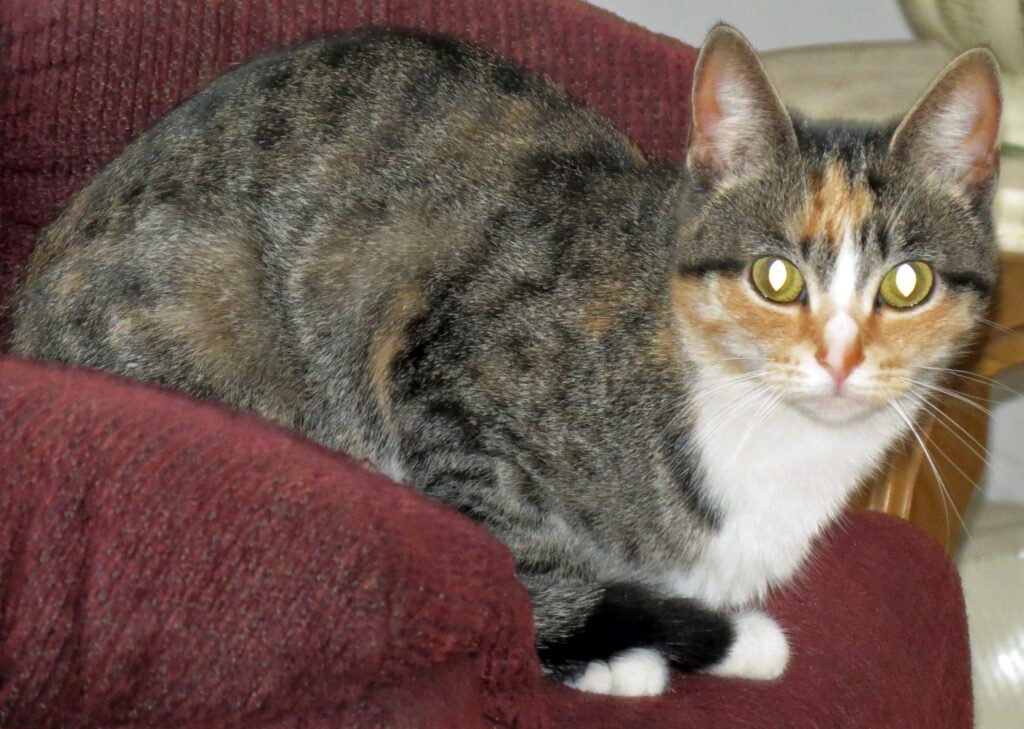
The eerie glow of cat eyes in the dark is due to the tapetum lucidum’s reflective qualities. When a light source hits a cat’s eyes at night, the light is reflected, creating a glowing effect that can be both mesmerizing and mysterious.
Adaptations for Hunting in Low Light
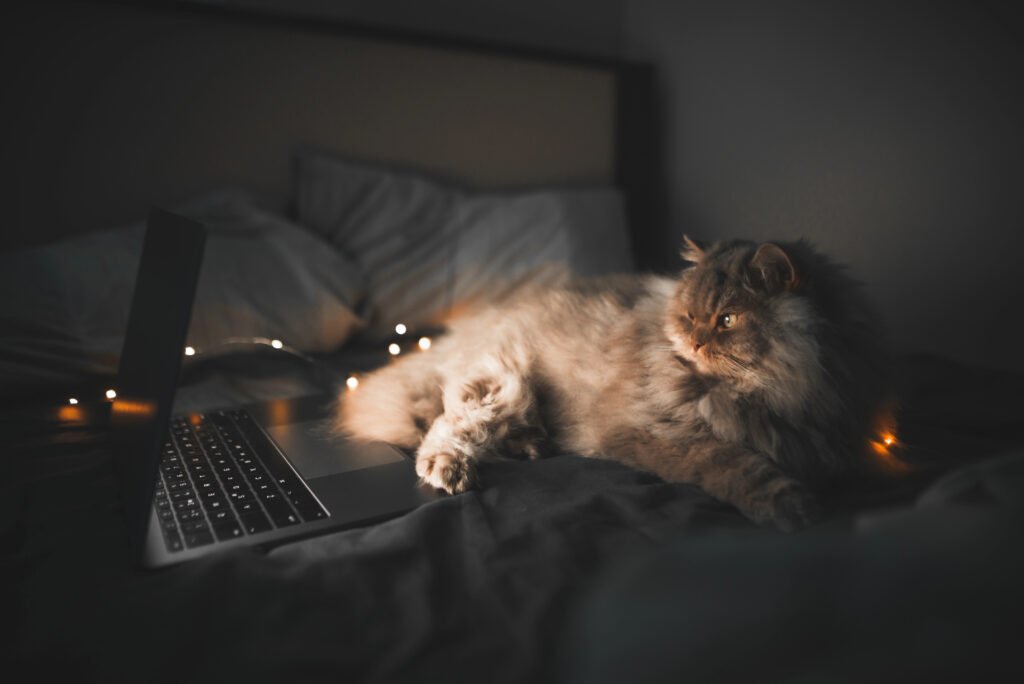
Cats are crepuscular animals, meaning they are most active during dawn and dusk. Their eyes have evolved to maximize hunting efficiency in these low-light conditions. The reflective tapetum lucidum, coupled with high rod density and slit-shaped pupils, makes cats expert hunters during these times.
Artificial Lighting and Its Effects on Cats
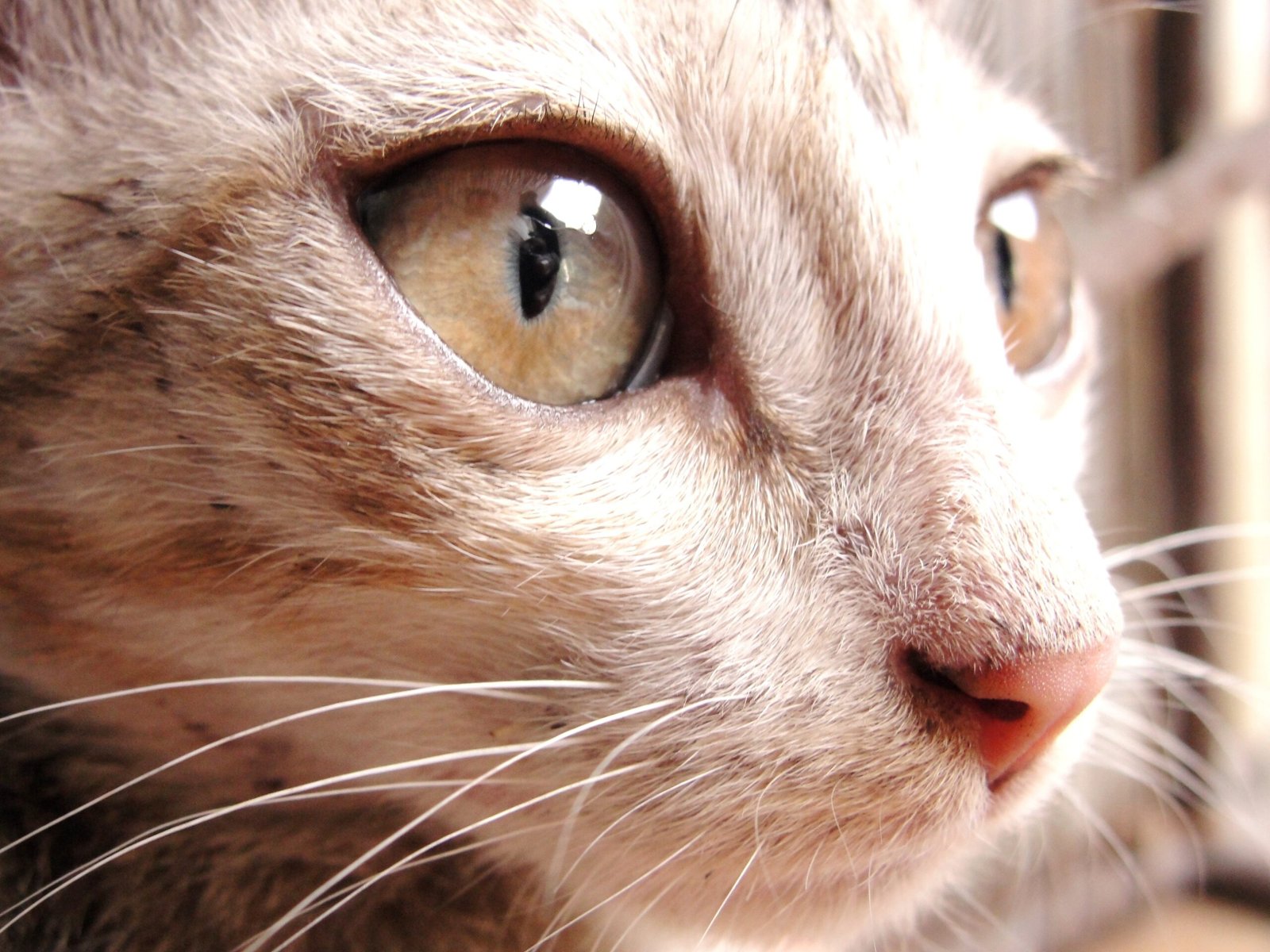
While cat eyes are well adapted to dark environments, artificial lighting can pose challenges. Bright lights can cause discomfort and vision issues for cats. Pet owners should be mindful of lighting conditions and provide dimly lit spaces for their cats to maximize their comfort.
Conclusion: The Marvel of Cat Eyes
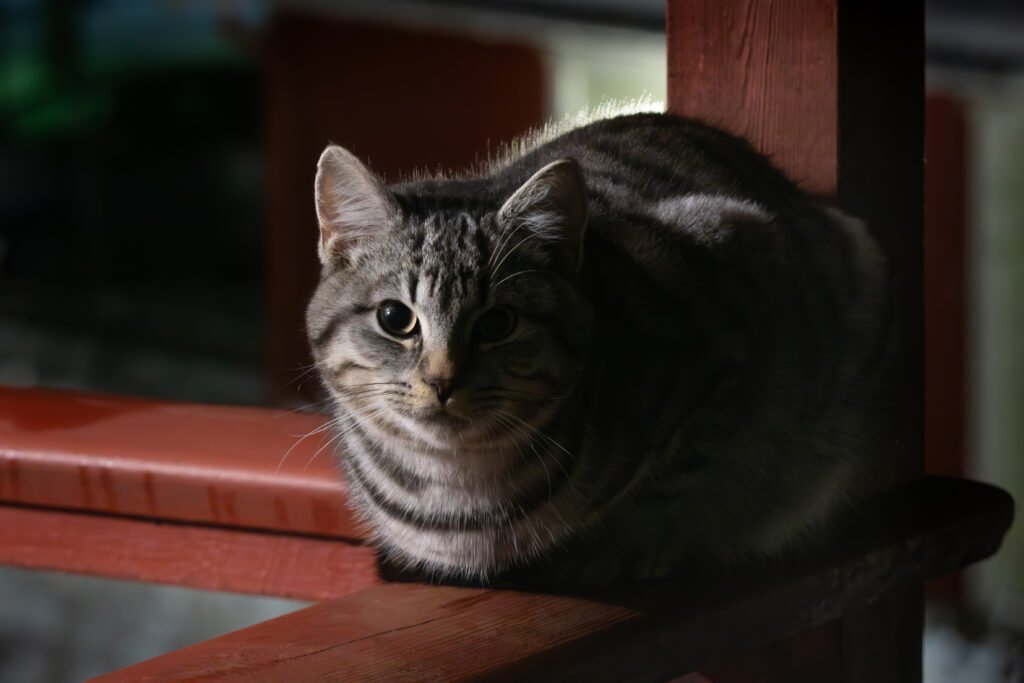
The science behind cat eyes is a testament to nature’s ingenuity. These incredible adaptations not only enhance a cat’s ability to hunt in near darkness but also add to their mystique and charm. Understanding the science of cat eyes not only deepens our appreciation for these fascinating animals but also informs how we can create environments that cater to their unique vision needs.






